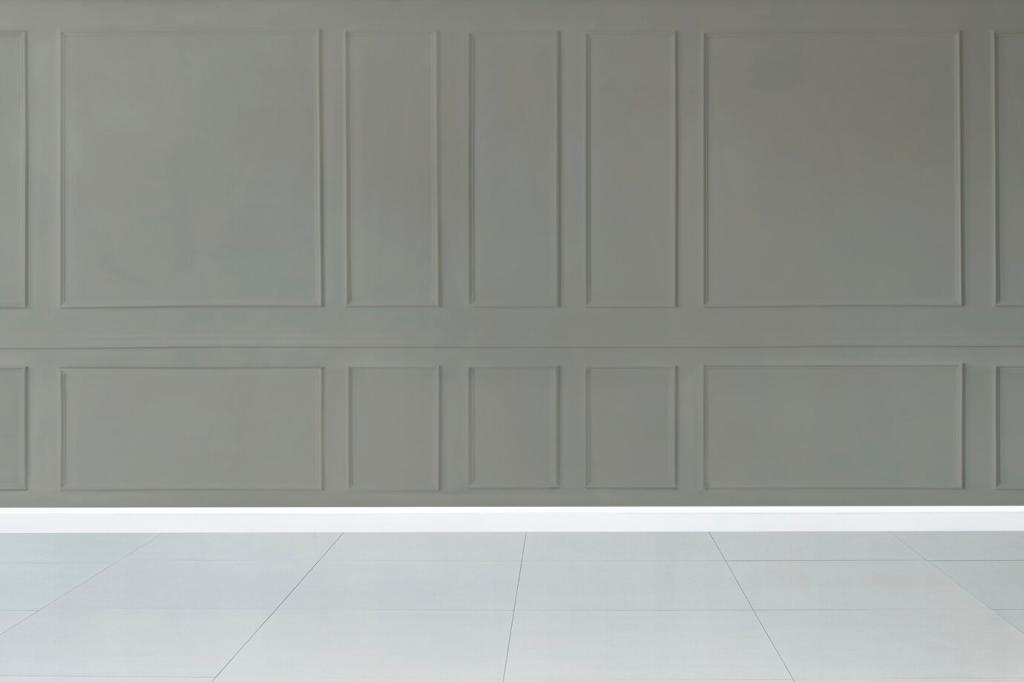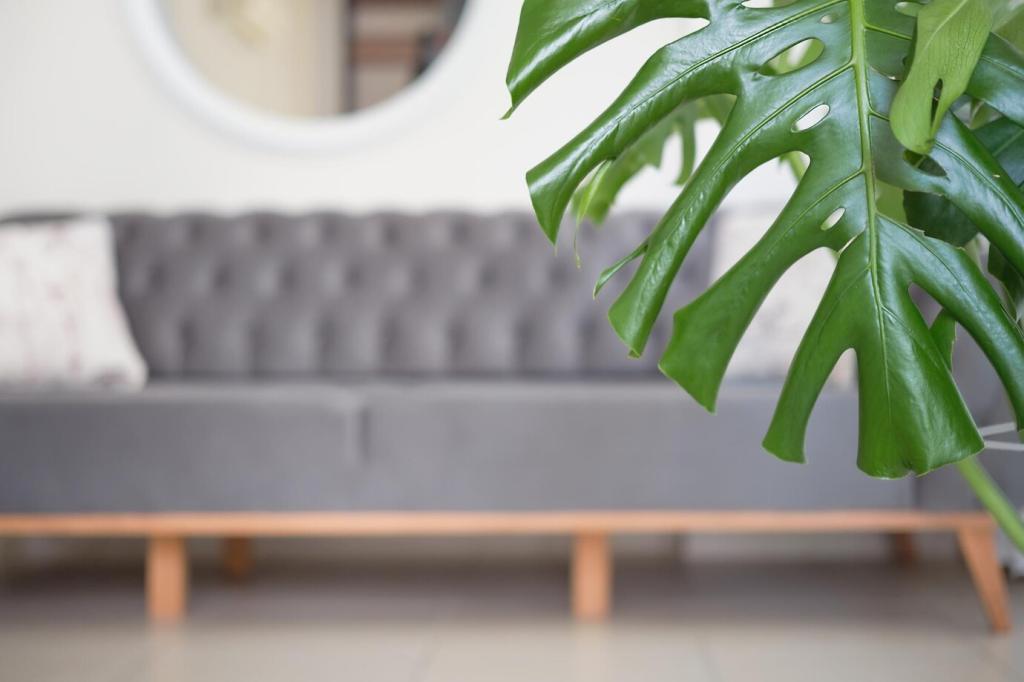Incorporating Natural Elements in Minimalist Design
Chosen theme: Incorporating Natural Elements in Minimalist Design. Welcome to a calm, clear, and character-rich approach where wood, stone, light, and living green shape serene spaces with less—but better.
Materiality That Breathes
Choose wood species for tone and grain, not for ornament. FSC-certified oak, ash, or walnut finished with natural oils becomes a quiet pattern, adding warmth without visual clutter or synthetic sheen.
Materiality That Breathes
Slate, limestone, or honed marble brings weight and calm. Keep edges clean and joints minimal, letting subtle veining read as drawing. One grounded slab can center an entire minimalist composition without shouting.
Light, Shadow, and Living Green
Positioning Plants With Purpose
Treat plants as sculptural forms and living air filters. Choose species with graphic leaves, place them to define circulation, and edit regularly so each specimen has breathing room and intentional negative space.
Sheer Layers and Solar Rhythm
Use layered sheers to temper glare and celebrate the sun’s daily arc. Minimal hardware, floor-to-ceiling drops, and natural fibers allow soft gradients that animate bare walls more elegantly than any accessory.
Shadow Lines as Design
Invite dappled light through screens or slatted wood. The shadow geometry changes hourly, giving a room movement while surfaces stay quiet. Your minimalist envelope becomes a dynamic canvas for nature’s silent performance.
Palette: Quiet Neutrals from the Outdoors

Not all whites are equal. Chalk, bone, and limewashed tones echo stone and sand, reducing harsh contrast. They make wood and plants read richer while keeping the overall palette composed and calm.
Function First: Minimalist Layouts Shaped by Nature
Plan furniture to create purposeful voids that let materials and light breathe. Think sightlines, door swings, and airflow first, then add only what clarifies function. Nature rewards restraint with comfort and clarity.
Sustainable Choices, Lasting Calm
01
Low-VOC Finishes and Natural Oils
Choose finishes with transparent, third-party certifications and readable ingredient lists. Plant-based oils, waxes, and mineral paints protect surfaces while preserving texture, scent, and indoor air quality for sensitive occupants.
02
Local, Certified, and Repairable
Source locally milled timber and regionally quarried stone to cut emissions and support craft. Prioritize repairable components and standardized parts so minimalist fixtures can live long without landfill endings.
03
Circular Mindset
Design for disassembly, specifying mechanical fasteners over permanent glues. Choose rugs, cushions, and lights with replaceable elements, allowing updates as needs change while keeping your natural-minimal palette intact and timeless.



Your Turn: Engage and Evolve the Space
Start with One Natural Gesture Today
Pick one move—add a plant, switch to linen bedding, or oil existing wood. Notice how the room sounds, smells, and rests afterward, then tell us which change most shifted your daily rhythm.
Share Your Before-and-After
Post a photo of your minimalist-nature vignette and tag our community. We’ll feature select projects, celebrate resourcefulness, and compare notes on materials, suppliers, and maintenance that truly hold up.
Subscribe for Seasonal Material Guides
Join our newsletter for quarterly palettes, care tips, and interviews with artisans working in stone, timber, and fiber. Reply with questions, and we’ll tailor future stories to your space and climate.
